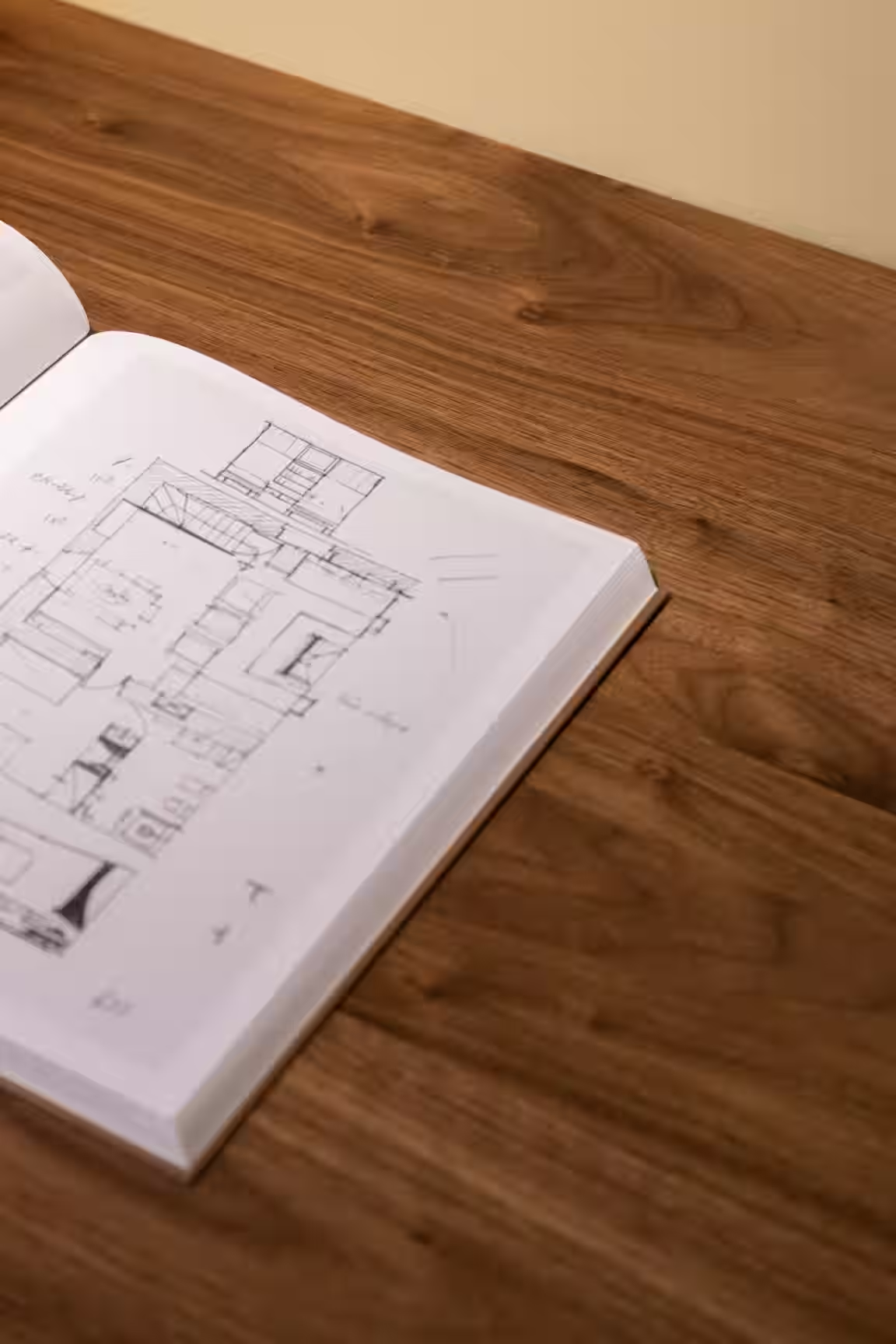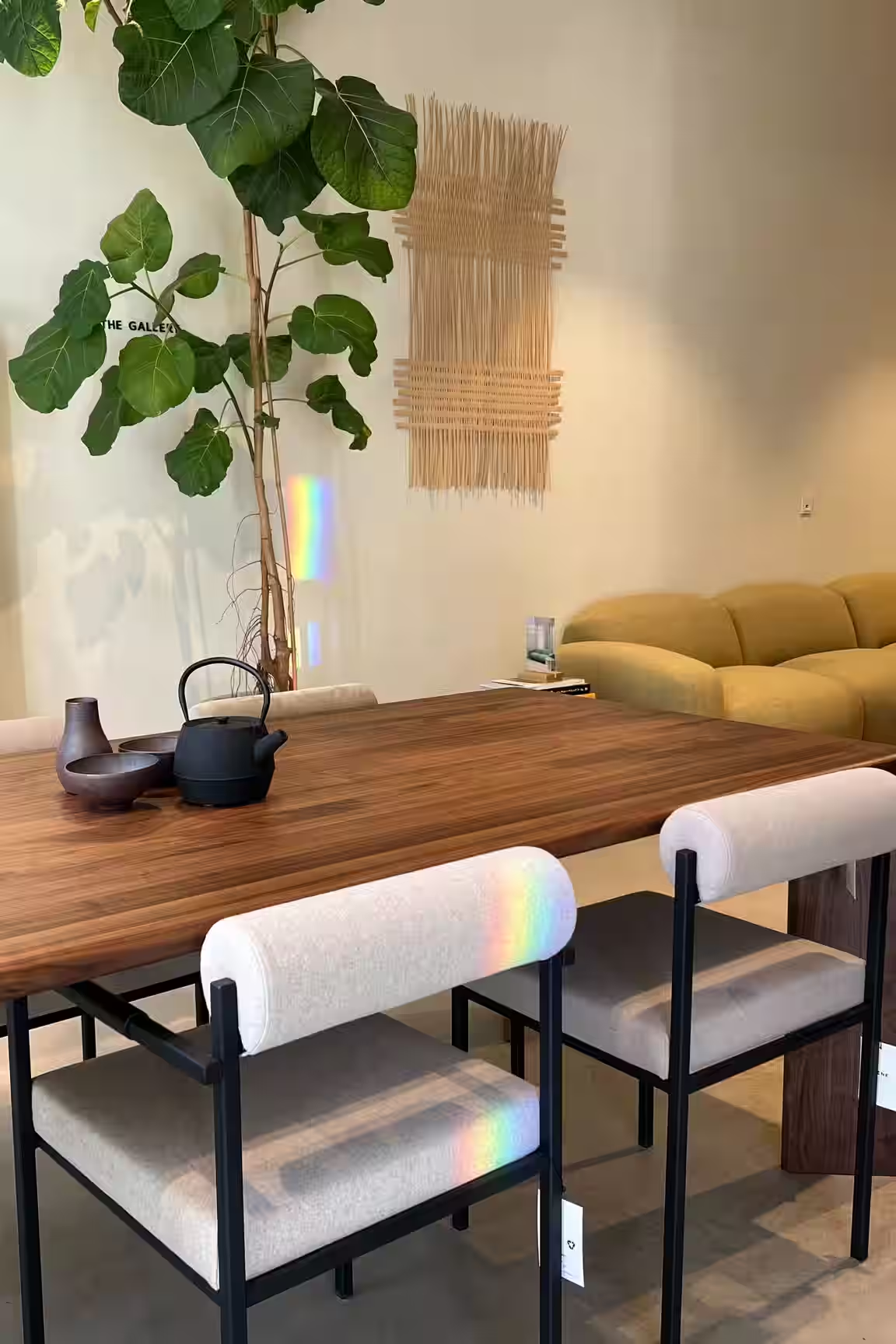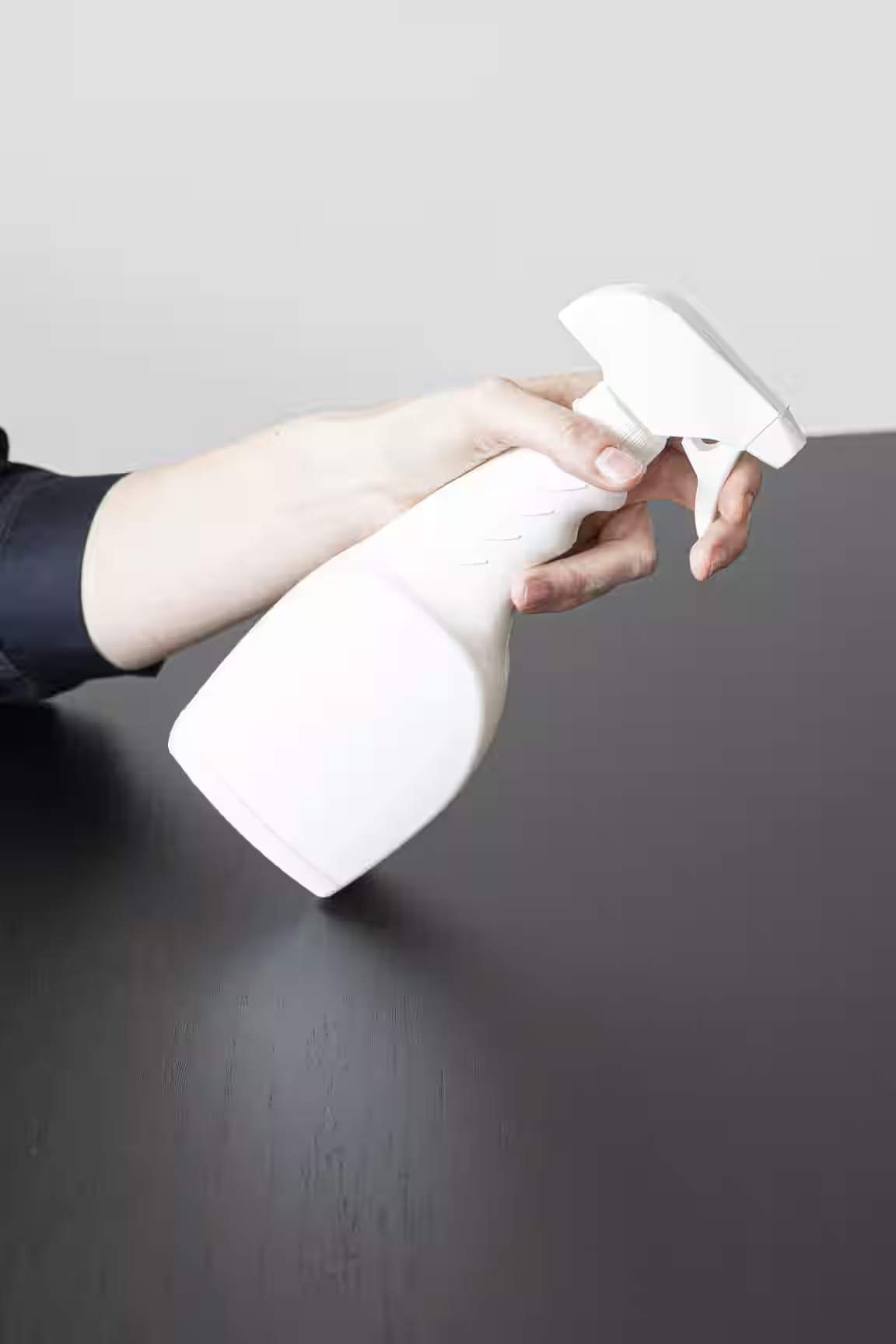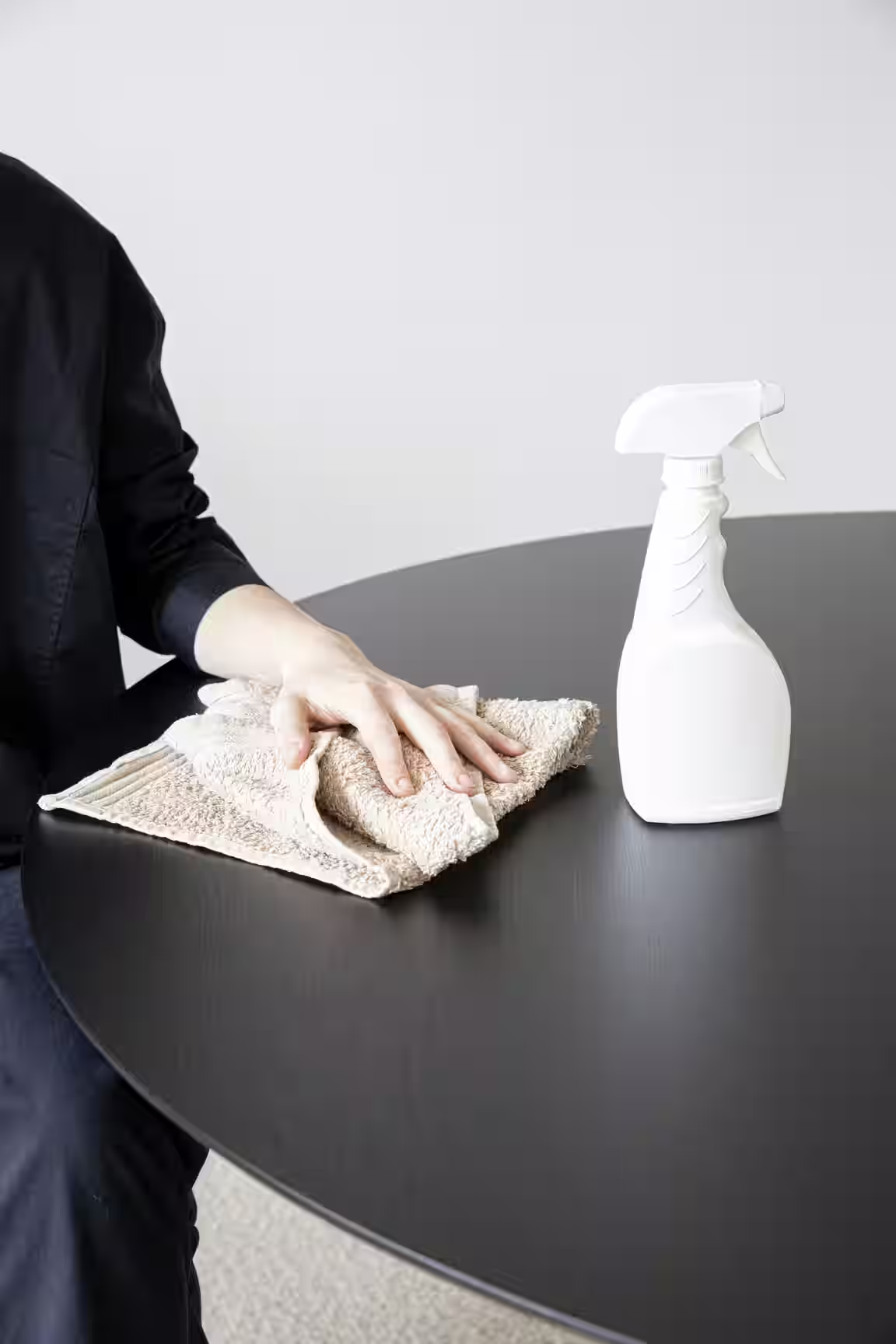General advice wood
Humidity and temperatureSensitivity to moisture and light
Expected wear and tear
General advice
Walnut wood is a natural material and reacts to environmental influences. Cracks, splits, and warping of the wood can occur due to the conditions in which the product is placed. By following the advice below, damage caused by environmental factors can be minimised.

Humidity and temperature
Walnut
Fluctuations in humidity and temperature will often lead to shrinkage, expansion, warping, cracking, or splitting; such changes should be prevented. The relative humidity varies daily and depends on the weather conditions. However, it is essential to keep the relative humidity in the room where the furniture is located at a constant level.
Advice:
- Keep the humidity in the house constant, preferably around 55%.
- Regularly monitor the humidity with a hygrometer, which is often built into modern thermometers and heating devices.
- Use humidifiers or dehumidifiers if necessary.
- Keep the room temperature constant.

Sensitivity to moisture and light
Walnut
Exposure to moisture or heat can cause moisture to penetrate under the finish, or existing moisture in the wood can accumulate under the finish, leading to stains. Stains or rings can result from improper use.
Advice: Use coasters and placemats to prevent contact with moisture and heat, and dry moisture stains immediately with a dry cloth.
Wood can discolour when exposed to direct sunlight.
Advice: Avoid direct sunlight or use curtains or UV filters to minimise discolouration.
Expected Wear and Tear
Certain usage effects are inherent to wooden furniture and do not constitute a defect. Damage from improper use can be partially prevented by following the advice below.
1. Scratches and Wear
Scratches or signs of wear in the finish of the wood are a normal result of using furniture. This cannot be entirely prevented but can be minimised.
Advice: Use good protection, such as coasters, placemats, or a tablecloth.
2. Stains
Stains occur due to moisture, heat, or corrosive substances and are beyond the control of Studio HENK.
Advice: Clean up spilled liquids immediately with a dry cloth to prevent stains.
Beyond the Control of Studio HENK - No Non-Conformity
Fluctuations in humidity or temperature and exposure to light, moisture, heat, and humidity and temperature changes can be prevented by the customer and are therefore beyond the control of Studio HENK. Consequences such as scratches, signs of wear, cracks, splits, warping, rings, or stains do not lead to non-conformity of a product.

1. Daily maintenance
Walnut
Walnut is finished with a transparent lacquer. This can be cleaned with a damp cloth, and then wiped dry with a dry cloth.
- Grease stains can be removed by using a little soap.
- Avoid corrosive cleaning agents or aggressive substances that can damage the finish.
- Never use abrasive maintenance products. Wax-containing products are also strongly discouraged.

2. Minor and major maintenance
Walnut
A lacquer is a maintenance-friendly finish, but it is more susceptible to scratches. It is not (easily) possible to repair scratches and other damage on a lacquer finish.
